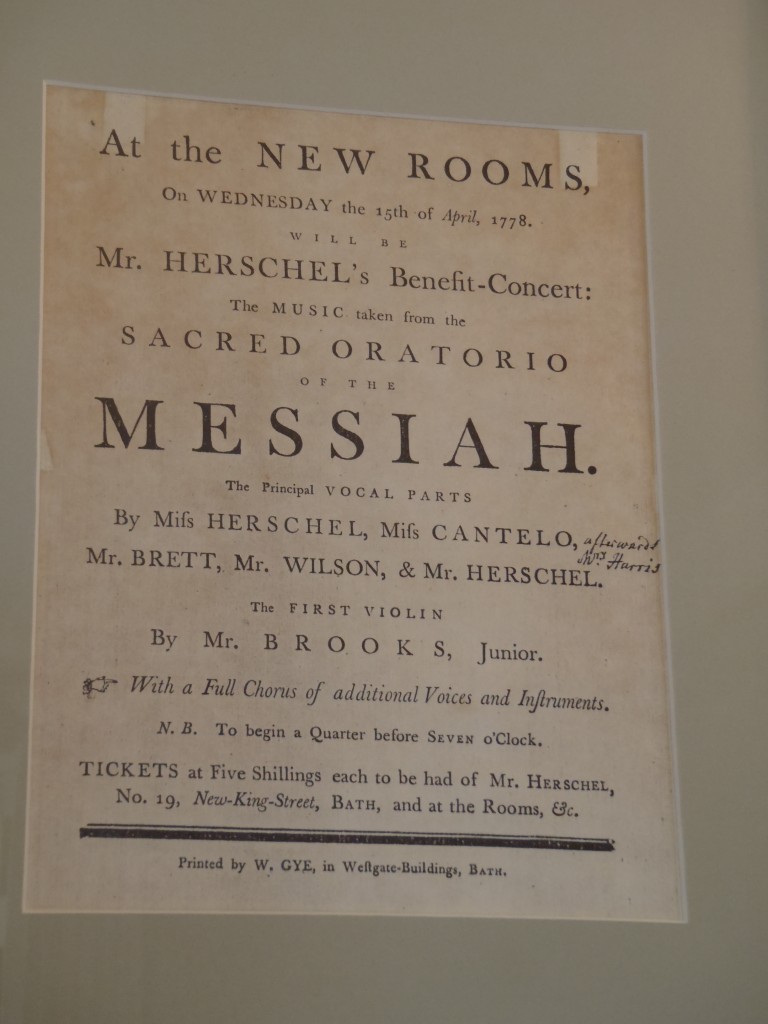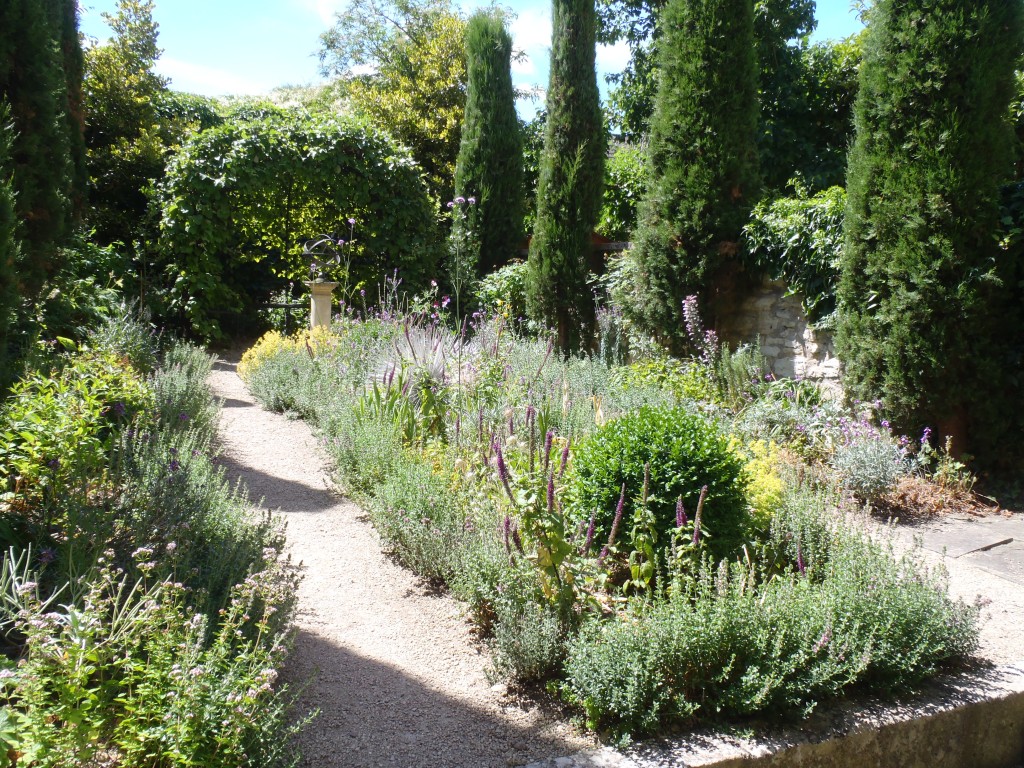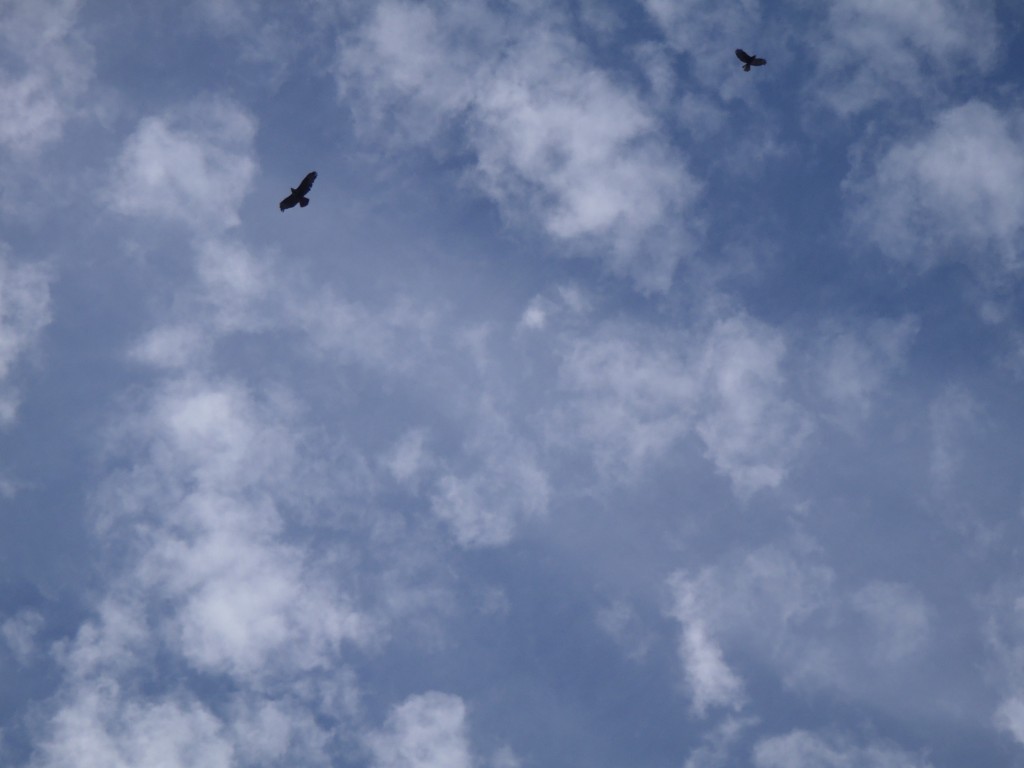Today I’ve been reflecting upon a quite lovely and unusual little volume that I’ve been studying in the Chawton House Library. It is a small, elegant book bound in softest green morocco; its pages are thin and dense with print. It is called A Legacy of Affection, Advice, and Instruction, from a Retired Governess to the Present Pupils of an Establishment for Female Education, which She Conducted Upwards of Forty Years. Its title page is inscribed, in a beautiful copperplate hand, The Misses Lucas – 11th June 1827. I like to think that the Misses Lucas may have so excelled in their studies that they were awarded this little book as a prize. Perhaps one or both of them were preparing to be governesses themselves. Published in London earlier that year, the book is a rarity; not only is it now hard to find, but its liberality of outlook was rather unusual for its time. It unfolds in epistolary style, and the opening of each new chapter with “My esteemed Children,” or “My dear Children,” lends the book a certain tenderness and intimacy that one doesn’t normally encounter in a published tutor. The Author opens her Preface by stating plainly, “The object of this volume is to provide a pleasing Text-Book for the perusal of young females during a course of liberal education.”
Liberal indeed. There are ninety-three chapters in this little volume, and they cover an extraordinary range of knowledge. She begins, as one might expect, with how to conduct one’s self at school; manners, courtesy and charity toward others, the evils of gossip, all useful advice. Then, like most classic textbooks of this period, she launches into a discussion of religion and particularly the doctrine and services of the Church of England, as the moral and spiritual foundation on which education must rest. So far so good. Where things become interesting, at least from my point of view, is at Chapter XXI, The Art of Reading. Suddenly I hear Marianne Dashwood berating Edward Ferrars in Sense and Sensibility for not reading with proper feeling, except that our kindly Author is taking the pains to explain and instruct exactly how this should be done. “As reading with ease, propriety, and grace, is a qualification of the highest order, equal at least to brilliant execution on the piano-forte, and as worthy of being pursued with the same zeal; I have subjoined some formal rules calculated to lead to perfection in this primary accomplishment.” Then she relays her eight cardinal rules for reading with elegance, bringing in a great many musical terms and analogies, particularly in regard to phrasing and dynamics.
The Author spends quite a bit of time on music, as one might expect in a girls’ course of instruction. However, she is not content simply with explaining the theory or performance of music; there is a full chapter on the physics of music and sound, which one finds in boys’ textbooks of the period (the Universal Preceptor by Richard Phillips, under the pseudonym David Blair, is a prime example), but is usually omitted where girls’ minds are concerned. It gets more interesting. There are a couple of chapters on arithmetic – not altogether unheard of, since it was thought in the interest of domestic economy that a woman should be proficient with figures. But then we come to chapters on “The Solar System,” “The Stars and the Universe,” “Comets and other Celestial Phenomena,” and it becomes clear that our Author is very interested in astronomy. She is aware of William Herschel’s discoveries, and indeed refers to the planet Herschel (as it was often then called, before the name Uranus was finally settled upon) with its moons, and discusses the use of the telescope. She concludes by writing, “Our sun belongs to a shoal [of stars], and all the small stars which we behold belong to this shoal, though tens of thousands may be counted with a telescope, and the milky way is rendered a gleam of light by their numbers; yet the nearest of these stars must be so distant, that a cannon ball would not reach it in seven millions of years! How vast, therefore, must be the shoal itself to which we belong—perhaps a cannon ball would not move from end to end in a million of million years—and yet this shoal at the distance of another shoal would be but a point, and appear like a single star! I am lost in wonder as I write these paragraphs; and well might Dr. Young exclaim, that ‘an undevout astronomer is mad.’”
Is anyone else reminded of Fanny Price, looking out at the starry night in preference to joining the others at Mansfield Park in playing the piano and singing? “‘Here’s harmony!’ said she, ‘Here’s repose! Here’s what may leave all painting and all music behind, and what poetry only can attempt to describe. Here’s what may tranquillize every care, and lift the heart to rapture! When I look out on such a night as this, I feel as if there could be neither wickedness nor sorrow in the world; and there certainly would be less of both if the sublimity of Nature were more attended to, and people were carried more out of themselves by contemplating such a scene’” (MP 113).
I have a sense that astronomy was a science that was beginning to seem an acceptable pursuit for women during this era. William Herschel himself may have contributed to this, along with his sister Caroline. A professional musician who began his career in the Hanoverian military bands as a youth, he made his way to Bath where he excelled as an oboist, violinist, organist, composer, singer, impresario, and teacher. Caroline Herschel also sang and played the piano, taking part in concerts organized and directed by her brother.
His early work in astronomy, and his experiments with building better and more accurate telescopes, took place while he was still earning his living as a musician. Interestingly, when Herschel began to take over their house in New King Street for his astronomical experiments (much to his sister’s initial chagrin; it was bad enough having the drawing room buried under heaps of materials, but the explosion in the workshop that nearly set the house on fire was almost too much), Caroline gradually became his assistant and an astronomer in her own right. Herschel built Caroline her own telescope in 1783 and she became adept at the identification of comets, discovering and documenting eight in all. The discovery of the planet that Herschel called “Georgian Star” [Georgium sidus] in honor of his king, took place in spring 1781 in the Herschels’ garden, right in the center of Bath. It makes you realize how much darker nights were in the eighteenth century.
King George III, along with his large family of daughters and many other British citizens of both sexes, was riveted by Herschel’s discovery, and brought him to Windsor. Herschel set up his telescope so that the king and princesses could also have a look at the heavens, and in coming years many of the hundreds of telescopes that he made were sold not to fellow scientists but to amateurs with a new passion for celestial exploration. In this regard our Governess-Author was very much abreast of the times in opening this field to her female pupils. But another aspect of this, which our Author alluded to in her exclamation about “the undevout astronomer” and that Jane Austen touched upon with Fanny Price, concerns astronomy as a spiritual pursuit. This, too, may have made it more palatable as an activity for women, even more like music than the other sciences (and after all, the famous Herschels embodied quite literally a “harmony of the spheres”). In another little instruction manual that I’ve examined recently, written by a Mrs. Rundell as Letters to Two Absent Daughters (1814), she mentions that her daughters have been “very anxious to gain some knowledge in astronomy.” She gives her approval to this endeavor, stating, “astronomy seems to me admirably and irresistibly calculated to impress the mind of man with the grandest conceptions of the Divinity.”
However, lest you think that the Legacy of the Governess-Author limited itself only to a field of science that seemed to be growing in acceptability for women, I should point out that there are eleven chapters devoted to human anatomy, as well as chapters on insects and their metamorphoses, plant forms and the wonders of their sexuality, the most advanced theories (in 1827) on the earth’s creation, and EVEN a learned discussion of England’s constitution and politics. She very neatly summarizes the political parties of the time by saying, “we have our liberty party, or our Whigs, friends of free discussion and public liberty; and our ministerialists, or Tories, who are friends of power, and who think that power ought to be supported.”
It sounds to me as though our Author was an enlightened woman, and I hope that she had many students whom she in turn enlightened and inspired. I’m delighted to have made her acquaintance here in this library, nearly two hundred years further on.



